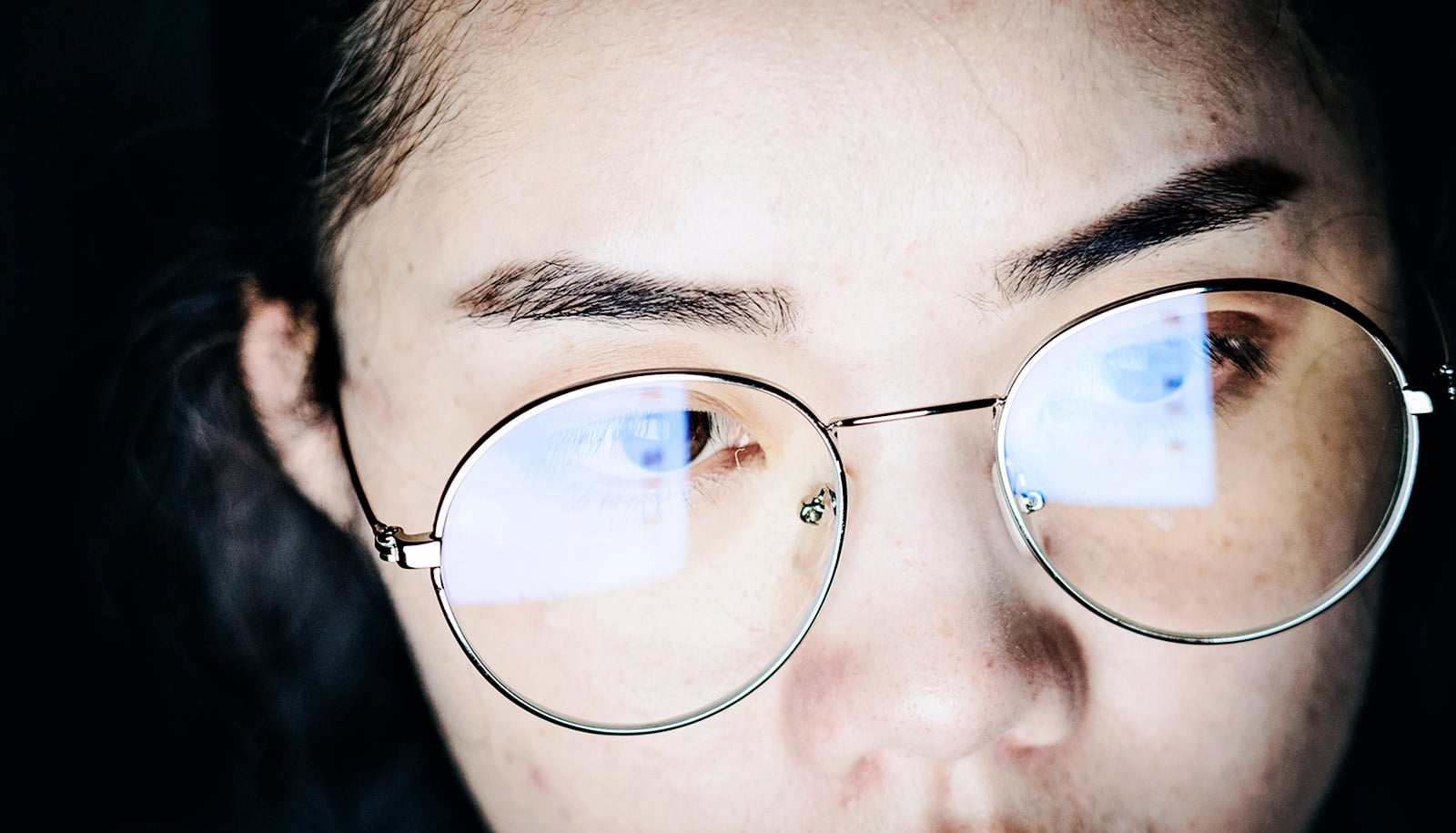
"Reporting on real-world events requires complex choices, including decisions about which events and players take center stage," says Andrew Piper. "By comparing what was reported with what could have been reported, our study provides perspective on the editorial choices made by news agencies." (Credit: Getty Images )
AI can reveal hidden bias in news media
AI that compares what news media actually reported to what could have been reported can identify biases we might otherwise miss.
Artificial intelligence can help identify biases in news reporting that we wouldn’t otherwise see, researchers report.
For a new study, researchers got a computer program to generate news coverage of COVID-19 using headlines from Canadian Broadcast Corporation (CBC) articles as prompts. They then compared the simulated news coverage to the actual reporting at the time.
The findings show that CBC coverage was less focused on the medical emergency and more positively focused on personalities and geo-politics.
“Reporting on real-world events requires complex choices, including decisions about which events and players take center stage,” says Andrew Piper, professor of languages, literatures, and cultures at McGill University. “By comparing what was reported with what could have been reported, our study provides perspective on the editorial choices made by news agencies.”
Evaluating these alternatives is critical given the close relationship between media framing, public opinion, and government policy, according to the researchers.
“The AI saw COVID-19 primarily as a health emergency and interpreted the events in more bio-medical terms, whereas the CBC coverage tended to focus on person- rather than disease-centered reporting.
“The CBC coverage was also more positive than expected given that it was a major health crisis—producing a sort of rally around the flag effect. This positivity works to downplay public fear ,” Piper says.
While a lot of studies seek to understand the biases inherent in AI, there’s also an opportunity to harness it as a tool to reveal the biases of human expression, say the researchers. “The goal is to help us see things we might otherwise miss,” Piper says.
“We’re not suggesting that the AI itself is unbiased. But rather than eliminating bias, as many researchers try to do, we want to understand how and why the bias comes to be,” says Sil Hamilton, a research assistant and student working under Piper’s supervision.
For the researchers, this work is just the tip of the iceberg, opening new avenues of study where AI can be used not only to look at past human behavior, but to anticipate future actions. For example, in forecasting potential political or judicial outcomes.
Hamilton is currently leading a team working on a project using AI to model American Supreme Court decision-making.
“Given past judicial behavior, how might justices respond to future pivotal cases or older cases that are being re-litigated? We hope new developments in AI can help,” he says.
The study appears in ACL Anthology .
Source: McGill University
The post AI can reveal hidden bias in news media appeared first on Futurity .
Share this article:
This article uses material from the Futurity article, and is licenced under a CC BY-SA 4.0 International License. Images, videos and audio are available under their respective licenses.
Related Articles:
Can ‘feminist design’ save hiring algorithms from bias?
Feb. 10, 2020 • futuritySearch results don’t have a political bias
Nov. 26, 2019 • futurityLinks/images:
- https://www.futurity.org/disinformation-propaganda-hacks-news-journalist-2326602/
- https://www.futurity.org/covid-19-misinformation-fear-2509282/
- https://www.futurity.org/supreme-court-abortion-rights-2763112-2/
- https://aclanthology.org/2022.latechclfl-1.11
- https://www.mcgill.ca/newsroom/channels/news/what-ai-generated-covid-news-tells-us-journalists-dont-344060
- https://www.futurity.org/news-media-bias-artificial-intelligence-2841712/
- https://www.futurity.org


